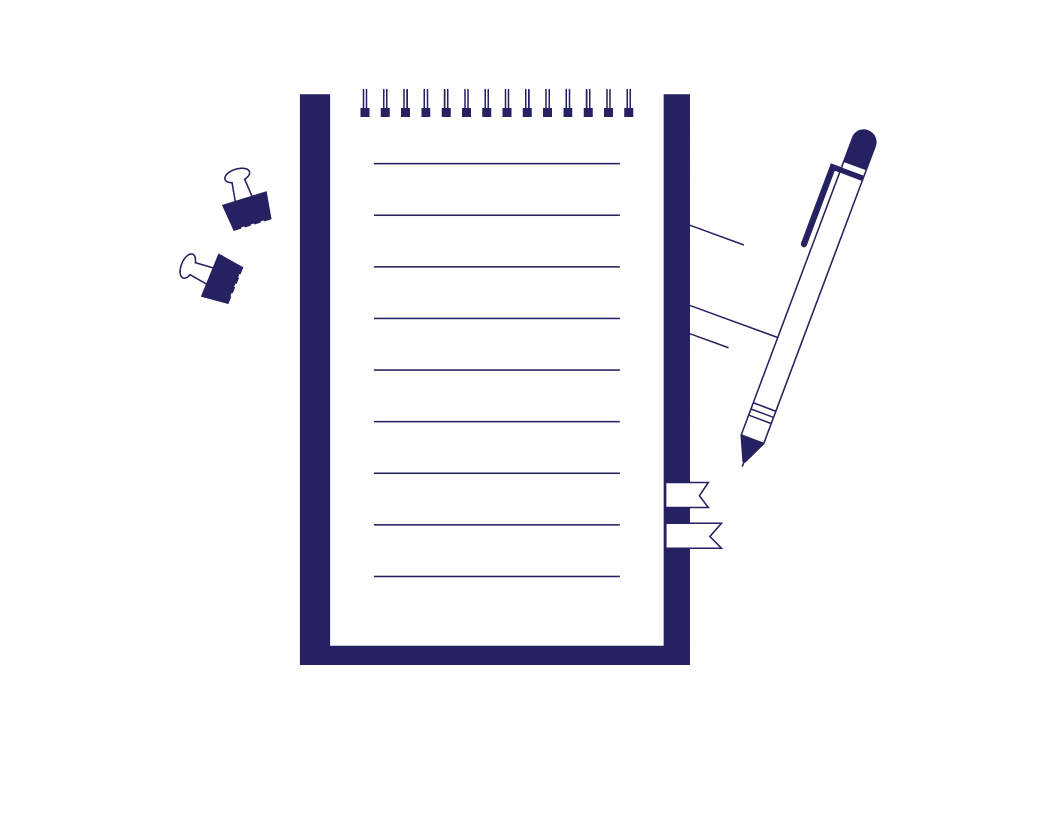
- 3-minute read
- 22nd March 2021
A Quick Guide to the Simple Tenses
The past, present, and future simple tenses are vital for describing actions. In the guide below, we will look at how to use these tenses in your writing.
The Simple Present Tense
The simple present tense has several uses. Common examples include describing habitual activities, current facts, general truths and scheduled events:
Current Fact: I am a proofreader.
Habitual Activity: Simon plays basketball on Thursdays.
General Truth: The moon rises at night.
Scheduled Event: The train leaves at 8pm.
In most cases, the simple present tense uses the base form of a verb:
I talk too much.
You run every morning.
Cats sleep through the day.
The exception is the third-person singular (i.e., when referring to someone or something other than an I,” “we,” or “you”), which usually adds an “s” to the base form:
He talks too much.
She runs every morning.
The cat sleeps during the day.
There are some verbs where the spelling changes slightly in this situation (e.g., try → tries). However, even these singular third-person verbs end in an “s.”
The Simple Past Tense
The simple past tense describes an action completed in the past. It doesn’t matter whether the activity happened a long time ago or in the last few minutes:
William conquered England in 1066.
Simple past tense forms of regular verbs tend to end “-ed”:
I walked to work this morning.
They phoned the police last night.
As above, the spelling of the base form changes for some terms in the simple past tense (e.g., cry → cried). You should also look out for irregular verbs, where the simple past tense and past participle forms may not follow these rules.
The Simple Future Tense
The simple future tense is used to refer to things happening at a later time:
I will finish this lesson.
You will stop.
Note that, unlike when using the simple present tense to refer to a scheduled event, you do not have to include a timeframe in the simple future tense.
Find this useful?
Subscribe to our newsletter and get writing tips from our editors straight to your inbox.
To form this tense, you simply add “will” before the base form of a verb:
She will go to college soon.
We will see the band play another time.
This rule applies for all variations of the simple future tense.
The Verb “Be” in the Simple Tenses
The verb “be” is a key word in English. It is also one of the irregular verbs we mentioned previously. This means its form changes in different situations:
First Person Singular/Plural | Second Person Singular/Plural | Third Person Singular/Plural | |
Simple Present | Am/Are | Are | Is/Are |
Simple Past | Was/Were | Were | Was/Were |
Simple Future | Will be | Will be | Will be |
Make sure you use the correct form of this verb for the tense you are using.
Proofreading for Grammar
We’ve covered the basic rules for using the simple tenses above, but there are lots of variations. If you’re not sure of the spelling of a word, or the correct verb form to use in a specific tense, make sure to look it up online so you can avoid errors.
Alternatively, you can leave the checking to the language experts at Proofed. Why not submit a free 500-word trial document today and give our services a try?






